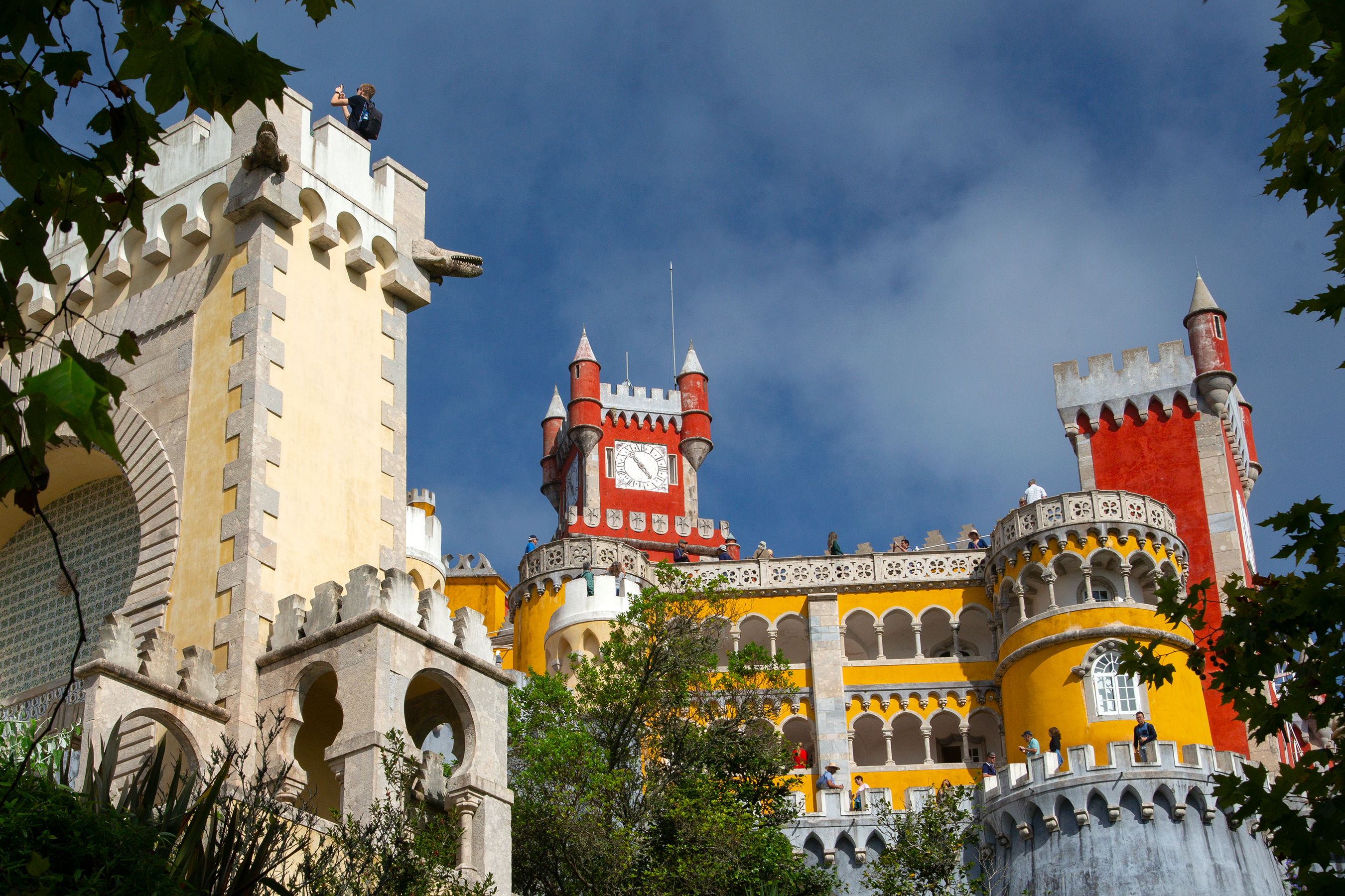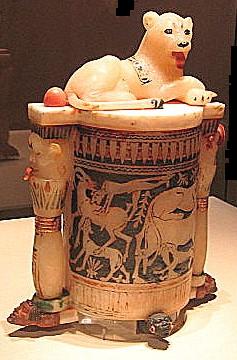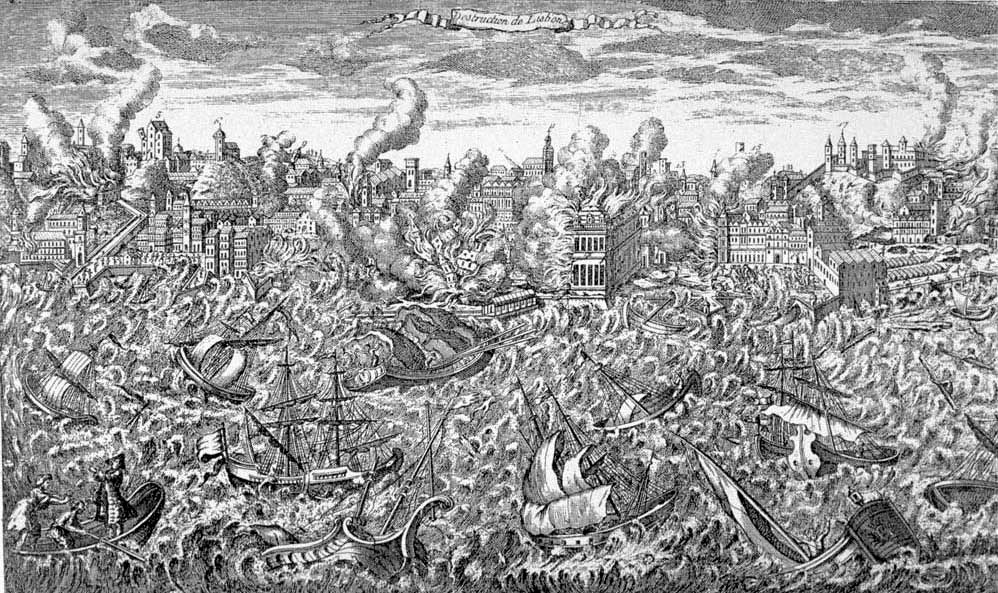|
Pena Palace
The Pena Palace () is a Romanticism, Romanticist castle in São Pedro de Penaferrim, in the List of municipalities of Portugal, municipality of Sintra Municipality, Sintra, on the Portuguese Riviera. The castle stands on the top of a hill in the Sintra Mountains above the town of Sintra, and on a clear day it can be easily seen from Lisbon and much of its Lisbon metropolitan area, metropolitan area. It is a Monuments of Portugal, national monument and constitutes one of the major expressions of Neoromanticism, 19th-century Romanticism in the world. The palace is a UNESCO World Heritage Site and one of the Seven Wonders of Portugal. It is also used for state occasions by the President of the Portuguese Republic and other government officials. History The castle's history started in the Middle Ages when a chapel dedicated to ''Our Lady of Pena'' was built on the top of the hill above Sintra. According to tradition, construction occurred after an apparition of the Virgin Mary. ... [...More Info...] [...Related Items...] OR: [Wikipedia] [Google] [Baidu] |
Sintra
Sintra (, ), officially the Town of Sintra (), is a town and municipality in the Greater Lisbon region of Portugal, located on the Portuguese Riviera. The population of the municipality in 2021 was 385,654, in an area of . Sintra is one of the most urbanized and densely populated municipalities of Portugal. A major tourist destination famed for its picturesqueness, the municipality has several historic palaces, castles, scenic beaches, parks and gardens. The area includes the Sintra-Cascais Nature Park through which the Sintra Mountains run. The historic center of the ''Vila de Sintra'' is famous for its 19th-century Romanticist architecture, historic estates and villas, gardens, and royal palaces and castles, which resulted in the classification of the town as a UNESCO World Heritage Site. Sintra's landmarks include the medieval Castle of the Moors, the romanticist Pena National Palace and the Portuguese Renaissance Sintra National Palace. Sintra is one of the wealthi ... [...More Info...] [...Related Items...] OR: [Wikipedia] [Google] [Baidu] |
President Of The Portuguese Republic
The president of Portugal, officially the president of the Portuguese Republic (, ), is the head of state and highest office of Portugal. The powers, functions and duties of prior presidential offices, and their relation with the prime minister and cabinets have over time differed with the various Portuguese constitutions. Currently, in the Third Republic, a semi-presidential system, the president holds no direct executive power, unlike his counterparts in the United States and France. However, even though he is in general a ceremonial figure, he holds some powers less-commonly found in parliamentary systems: one of his most significant responsibilities is the promulgation of all laws enacted by the Assembly of the Republic (parliament) or the Government (an act without which such laws have no legal validity), with an alternative option to veto them (although this veto can be overcome in the case of laws approved by Parliament) or send them to the Constitutional Court for app ... [...More Info...] [...Related Items...] OR: [Wikipedia] [Google] [Baidu] |
Alabaster
Alabaster is a mineral and a soft Rock (geology), rock used for carvings and as a source of plaster powder. Archaeologists, geologists, and the stone industry have different definitions for the word ''alabaster''. In archaeology, the term ''alabaster'' includes objects and artefacts made from two different minerals: (i) the fine-grained, massive type of gypsum, and (ii) the fine-grained, banded type of calcite.''More About Alabaster and Travertine'': Brief Guide explains the different definitions used by geologists, archaeologists, and the stone trade. Oxford University Museum of Natural History, 2012/ref> Chemically, gypsum is a Water of crystallization, hydrous sulfate of calcium, whereas calcite is a carbonate of calcium. As types of alabaster, gypsum and calcite have similar properties, such as light color, translucence, and soft stones that can be sculpture, carved and sculpted; thus the historical use and application of alabaster for the production of carved, decorative art ... [...More Info...] [...Related Items...] OR: [Wikipedia] [Google] [Baidu] |
Marble
Marble is a metamorphic rock consisting of carbonate minerals (most commonly calcite (CaCO3) or Dolomite (mineral), dolomite (CaMg(CO3)2) that have recrystallized under the influence of heat and pressure. It has a crystalline texture, and is typically not Foliation (geology), foliated (Layered intrusion, layered), although there are exceptions. In geology, the term ''marble'' refers to metamorphosed limestone, but its use in stonemasonry more broadly encompasses unmetamorphosed limestone. The extraction of marble is performed by quarrying. Marble production is dominated by four countries: China, Italy, India and Spain, which account for almost half of world production of marble and decorative stone. Because of its high hardness and strong wear resistance, and because it will not be deformed by temperature, marble is often used in Marble sculpture, sculpture and construction. Etymology The word "marble" derives from the Ancient Greek (), from (), "crystalline rock, shin ... [...More Info...] [...Related Items...] OR: [Wikipedia] [Google] [Baidu] |
1755 Lisbon Earthquake
The 1755 Lisbon earthquake, also known as the Great Lisbon earthquake, impacted Portugal, the Iberian Peninsula, and Northwest Africa on the morning of Saturday, 1 November, All Saints' Day, Feast of All Saints, at around 09:40 local time. In combination with subsequent fires and a tsunami, the earthquake almost completely destroyed Lisbon and adjoining areas. Seismologists estimate the Lisbon earthquake had a magnitude of 7.7 or greater on the moment magnitude scale, with its epicenter in the Atlantic Ocean about west-southwest of Cape St. Vincent, a cape in Algarve region, and about southwest of Lisbon. Chronologically, it was the third known large-scale earthquake to hit the city (following those of 1332 and 1531 Lisbon earthquake, 1531). Estimates place the death toll in Lisbon around 30,000–40,000. A further 10,000 may have died in Morocco. The earthquake accentuated political tensions in Portugal and profoundly disrupted the Portuguese Empire. The event was widely di ... [...More Info...] [...Related Items...] OR: [Wikipedia] [Google] [Baidu] |
Lightning
Lightning is a natural phenomenon consisting of electrostatic discharges occurring through the atmosphere between two electrically charged regions. One or both regions are within the atmosphere, with the second region sometimes occurring on the land, ground. Following the lightning, the regions become partially or wholly electrically neutralized. Lightning involves a near-instantaneous release of energy on a scale averaging between 200 megajoules and 7 gigajoules. The air around the lightning flash rapidly heats to temperatures of about . There is an emission of electromagnetic radiation across a wide range of wavelengths, some visible as a bright flash. Lightning also causes thunder, a sound from the shock wave which develops as heated gases in the vicinity of the discharge experience a sudden increase in pressure. The most common occurrence of a lightning event is known as a thunderstorm, though they can also commonly occur in other types of energetic weather systems, such ... [...More Info...] [...Related Items...] OR: [Wikipedia] [Google] [Baidu] |
Hieronymites
The Hieronymites or Jeronimites, also formally known as the Order of Saint Jerome (; abbreviated OSH), is a Catholic enclosed religious orders, cloistered religious order and a common name for several congregations of hermit monks living according to the Rule of Saint Augustine, though the role principle of their lives is that of the 5th-century hermit and biblical scholar Jerome. The principal group with this name was founded in the Iberian Peninsula around the 14th century. Their religious habit is a white tunic with a brown, hooded scapular and a brown Mantle (vesture), mantle. For liturgy, liturgical services, they wear a brown cowl. Iberian Hieronymites Origins Established near Toledo, Spain, the order developed from a spontaneous interest of a number of hermit, eremitical communities in both Spain and Portugal imitating the life of Jerome and Paula of Rome. This way of life soon became widespread in Spain. Two of these hermits, Pedro Fernández y Pecha and Fernando Yá ... [...More Info...] [...Related Items...] OR: [Wikipedia] [Google] [Baidu] |
Manuel I Of Portugal
Manuel I (; 31 May 146913 December 1521), known as the Fortunate (), was King of Portugal from 1495 to 1521. A member of the House of Aviz, Manuel was Duke of Beja and Viseu prior to succeeding his cousin, John II of Portugal, as monarch. Manuel ruled over a period of intensive expansion of the Portuguese Empire owing to the numerous Portuguese discoveries made during his reign. His sponsorship of Vasco da Gama led to the Portuguese discovery of the sea route to India in 1498, resulting in the creation of the Portuguese India Armadas, which guaranteed Portugal's monopoly on the spice trade. Manuel began the Portuguese colonization of the Americas and Portuguese India, and oversaw the establishment of a vast trade empire across Africa and Asia. Manuel established the Casa da Índia, a royal institution that managed Portugal's monopolies and its imperial expansion. He financed numerous famed Portuguese navigators, including Pedro Álvares Cabral (who discovered Brazil), ... [...More Info...] [...Related Items...] OR: [Wikipedia] [Google] [Baidu] |
Leonor Of Viseu
''Dom (honorific), Dona'' Eleanor of Avis ( ; 2 May 1458 – 17 November 1525), also known as Leonor de Lencastre or Eleanor of Viseu (after her father's title, Duke of Viseu), was a Portugal, Portuguese ''infanta'' (princess) and queen consort of Portugal. She was wife of King John II of Portugal and sister to King Manuel I of Portugal. Eleanor is one of Portugal's more famous queen consorts and is best known as the founder of the Santa Casa da Misericórdia, a charitable organization operating since 1498. Early life and background Eleanor was the eldest daughter of Infante Fernando, Duke of Viseu and his wife Beatrice of Portugal (1430-1506), Beatrice of Portugal. Both of her parents were grandchildren of John I of Portugal and Philippa of Lancaster. Little is known about Eleanor's early life. Her education and upbringing were likely guided by the writings of her grandfather Edward I of Portugal. Marriage On 22 January 1471, twelve year old Eleanor married the fifteen y ... [...More Info...] [...Related Items...] OR: [Wikipedia] [Google] [Baidu] |
John II Of Portugal
John II (; ; 3 May 1455 – 25 October 1495), called the Perfect Prince (), was King of Portugal from 1481 until his death in 1495, and also for a brief time in 1477. He is known for reestablishing the power of the Portuguese monarchy, reinvigorating the economy of Portugal, and renewing the Portuguese exploration of Africa and Asia. Early life Born in Lisbon on 3 May 1455, John was the second son of Afonso V of Portugal and Isabella of Coimbra. At one month old, on 25 June 1455, he was declared legitimate heir to the crown and received an oath of allegiance from the three estates. In 1468, Afonso V and Henry IV of Castile attempted to arrange a double marriage in which John would marry Henry's daughter, Joanna, and Afonso would marry Henry's half-sister and heir-presumptive, Isabella of Castile. However, Isabella refused to consent to the arrangement. Instead, John married Eleanor of Viseu, his first cousin and the eldest daughter of Ferdinand, Duke of Viseu, on 22 Janu ... [...More Info...] [...Related Items...] OR: [Wikipedia] [Google] [Baidu] |
Palacio Nacional Da Pena, Sintra, Portugal, 2019-05-25, DD 140-141 PAN
Palacio (''palace'') is a Spanish language, Spanish habitational name. It may have originated from many places in Spain, especially in Galicia (Spain), Galicia and Asturias. Notable people with the surname include: *Agustina Palacio de Libarona (1825–1880), Argentine writer, storyteller, heroine *Alberto Palacio, engineer *Alfredo Palacio (1939–2025), Ecuadorian cardiologist and politician, president of Ecuador (2005–2007) *Andy Palacio, Belizean musician *Emilio Palacio, Ecuadorian journalist *Ernesto Palacio, opera singer *Héctor Palacio, Colombian road racing cyclist *Milt Palacio, basketball player *R. J. Palacio, American writer of the 2012 children's novel ''Wonder'' *Rodrigo Palacio, footballer See also * Palacios (other) References {{surname, Palacio Surnames of Spanish origin ... [...More Info...] [...Related Items...] OR: [Wikipedia] [Google] [Baidu] |







